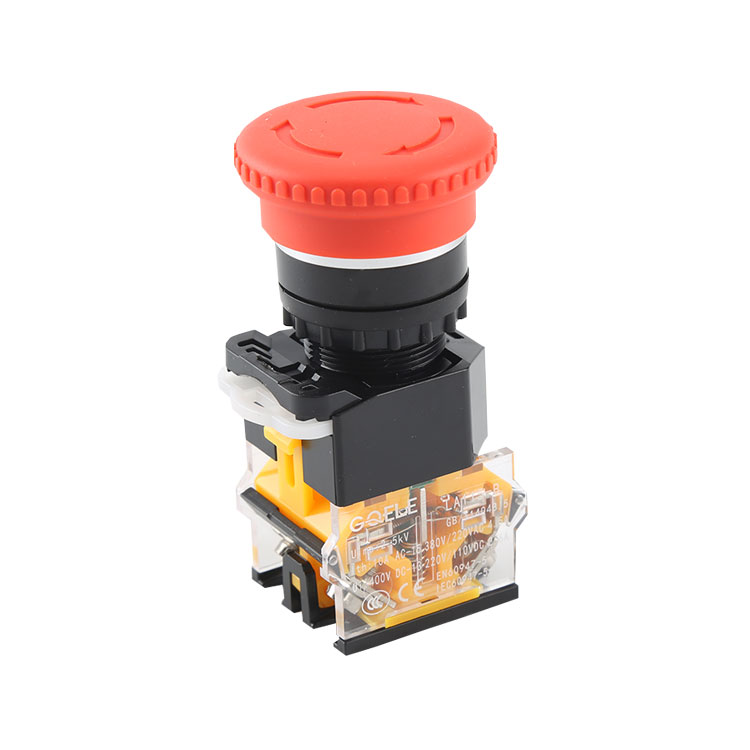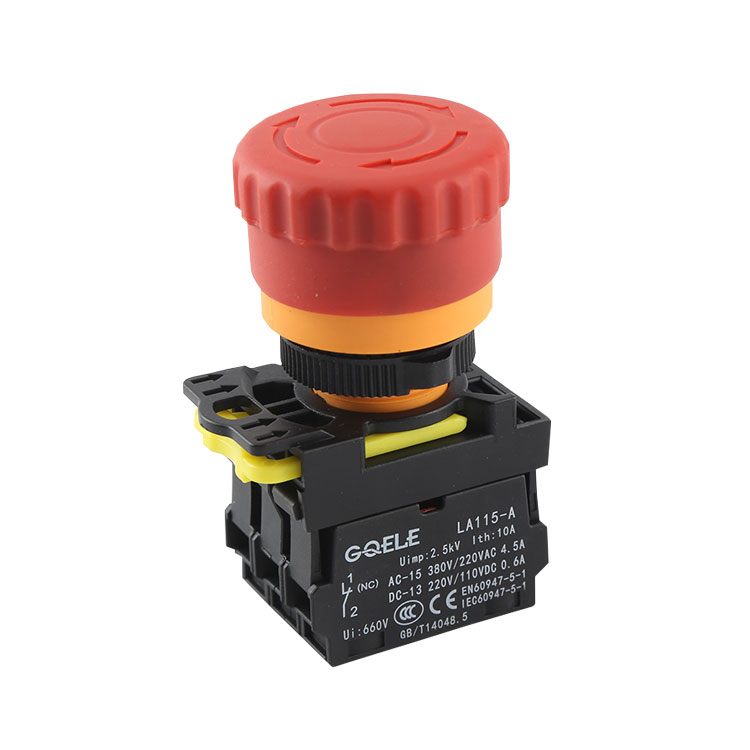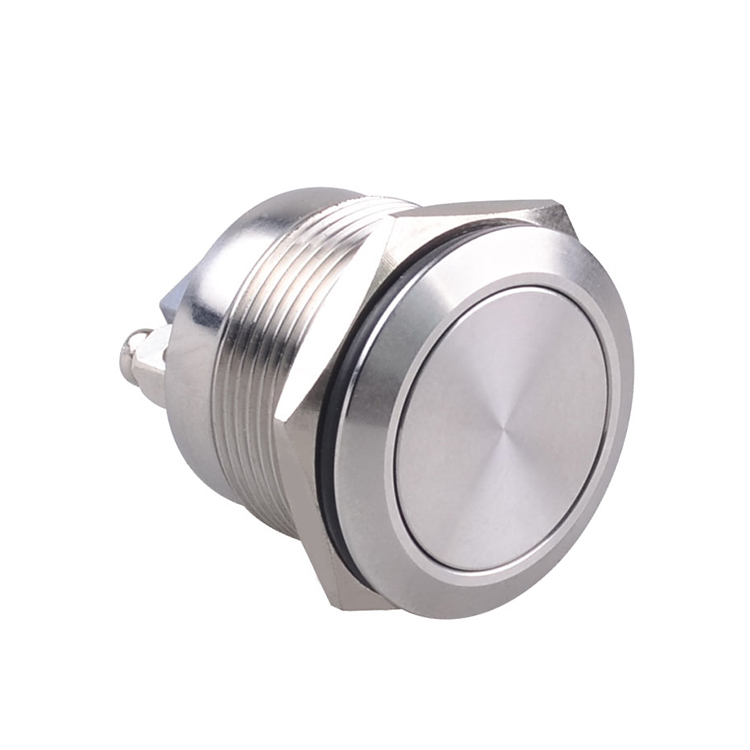
LA115-B5-11RD1 1NO&1NC Double Head Push Button With Green & Red Head And Symbols And Light

CJX2-(LC1-DN)18 AC Magnetic Contactor Manufacturer

GOB-3A-YW High Quality Three Holes Yellow Cover With White Base Push Button Control Box

GXB2-EA3351 1NO Momentary Flush Push Button Switch With Round Shape Black Head And Symbol
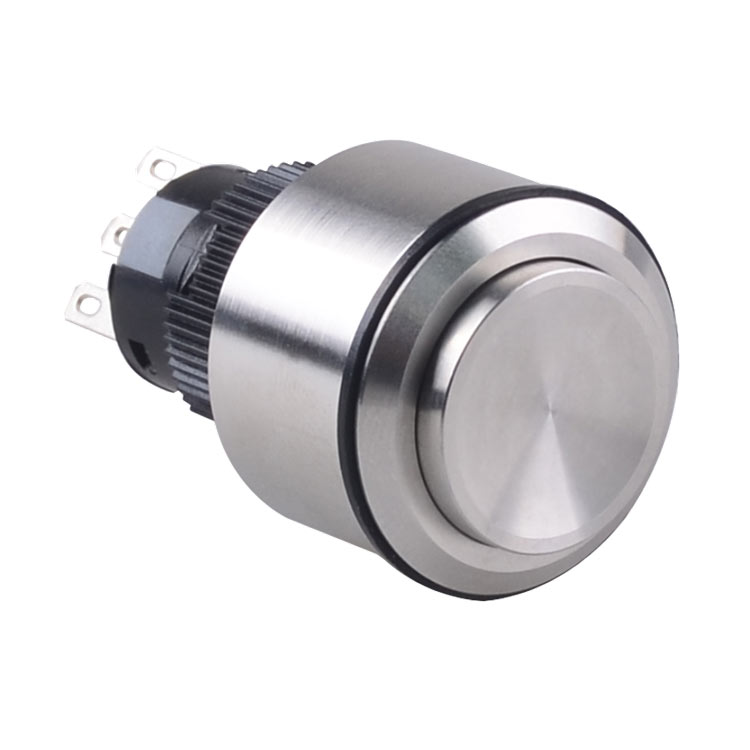
GL-22-HE11-SJ

GL-12BC10-S 10mm 220V Waterproof Mini Push Button Switch IP67

GXB4-BK2461 Waterproof Selector Push Button Switches With Metal Round Head And LED Red Light
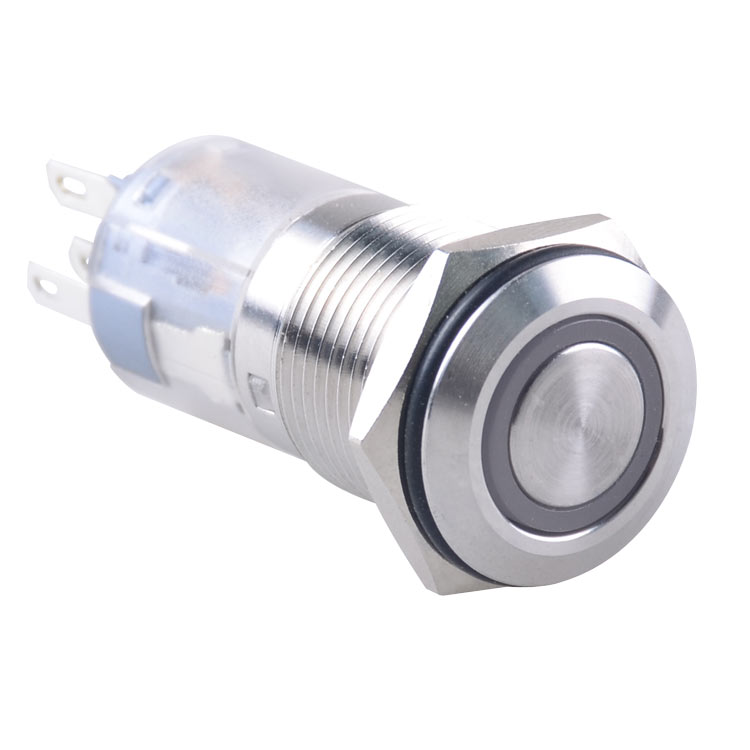
GL-16F11E/R23-SJ
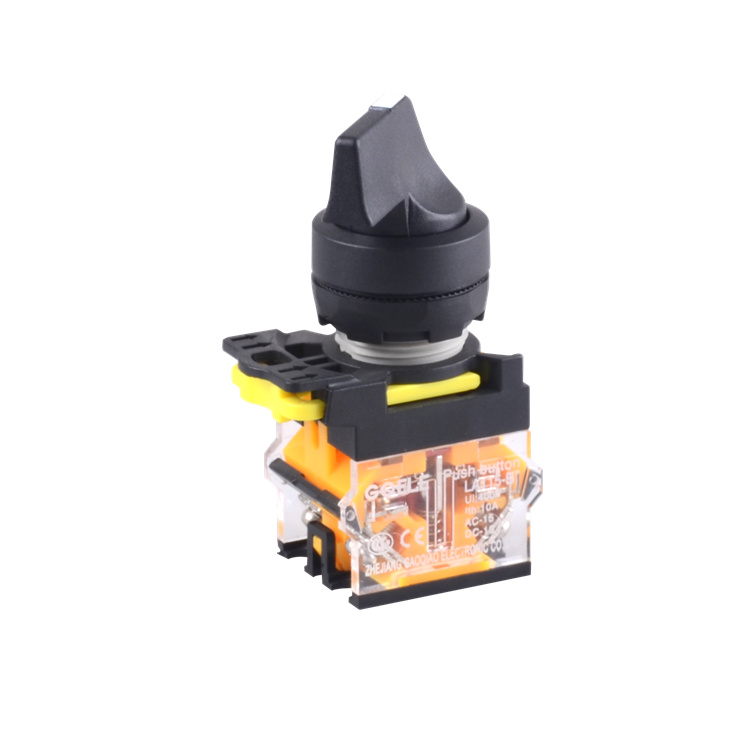
LA115-B1-11XS/FFU 1NO&1NC 3- Position Momentary Selector Push Button Switch With Short Handle and Without Illumination

GL-19F11TE/R23-S Customized Metal Push Button Switch,12mm, 16mm, 19mm, 22mm, 25mm,30mm, Momentary / Latching

LA115-B5-11ZS 1NO&1NC Twist Release Emergency Stop Push Button With Mushroom Shape Head And Arrows

GXB4-ED21 High Quality Selector Push Button Switch With Plastic Rotary Round Head



